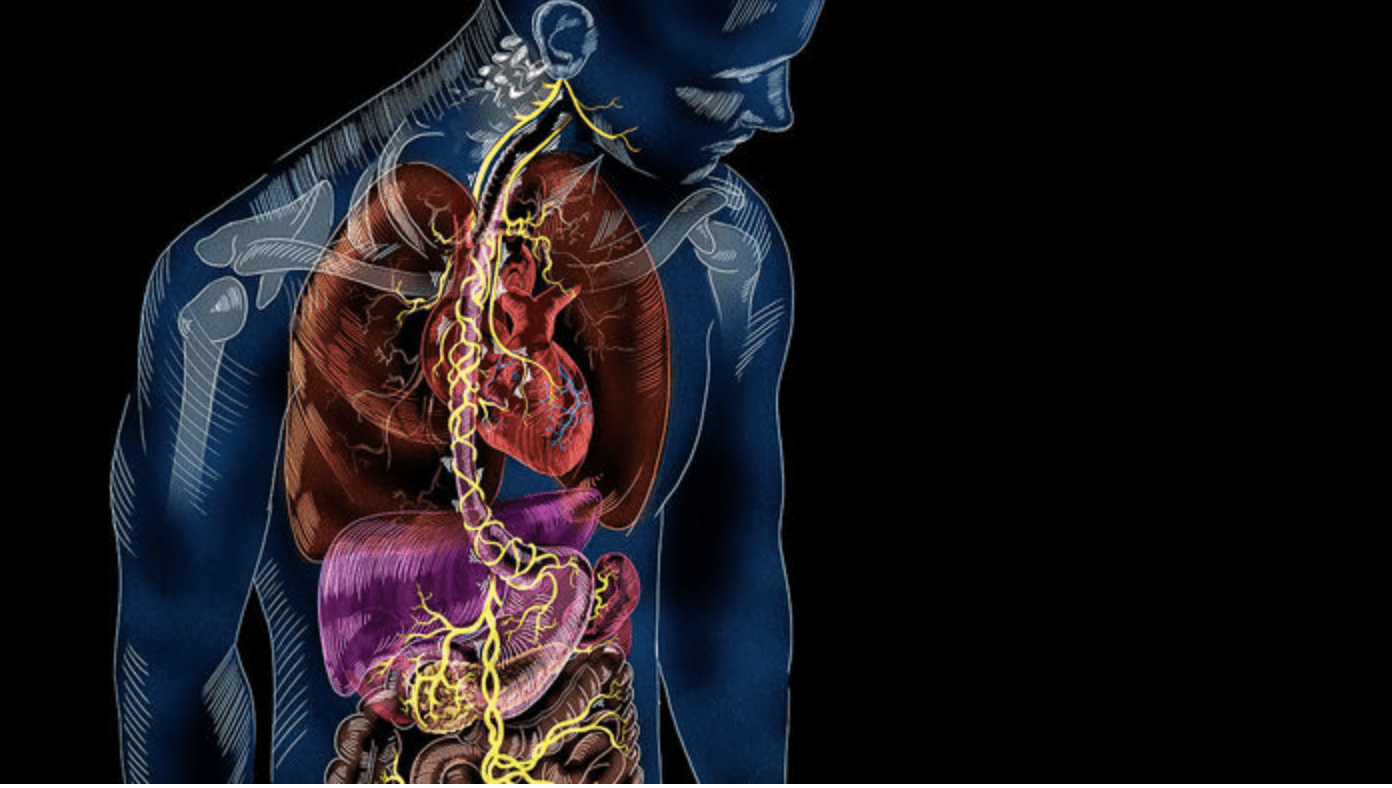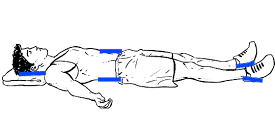
Exploration & Safety (Part Two)
The following is part two of my course notes and findings from Stress, Movement, and Pain.
As practitioners seeking to help bio-psycho-social organisms, we have to be able to read, analyze, and gather information from all three dimensions. The job gets infinitely easier, however, when we can use feedback from our students/clients to let us into their psyche. Feeling safe is the starting point to self-inquiry and exploration. To create a fully supportive interaction, we must examine our environment, the way we use (or avoid) touch, and the opportunities we present for interoception.
ENVIRONMENT
Environmental stressors are as diverse and provoking as the people that enter them. Triggers can be found anywhere, and within anything, such as lighting, surface texture, ventilation, etc. On a more conceptual level, an unpredictable environment is often a bothersome one (particularly for dorsal vagals who have a tendency to be unmotivated). Being consistent, semi-ritualized, and reliable in your approach can go along way in forging a reasonable set of expectations.
Loss of autonomy, social connection, and/or expression can be perceived causes of doubt or anxiety. Being told what to do can be as stressful and not being told what to do, depending on the personality you’re working with. High-strung sympathetics will want to know numerical measurements of accomplishment: sets, reps, duration. Dorsal vagals will want to understand why and how what is being asked of them relates to the bigger issue at hand. Guidance and instruction should match whether the person being served is outcome or process oriented.
As with all things interactive, communication is paramount. Eye contact, sitting at the same level, and using language that plants healing thought viruses are foundational. Directly asking about their comfort and/or ways in which they can be supported keeps the client (and their state) at the center of attention. It extends the opportunity for them to have a hand in their own solution.
TOUCH LAB
The skin is a sensory juggernaut. The basis of physical sensitivity, it acts as an input of awareness. Touch provides literal support. It is convincing that one is safe and secure and can fully let go. Serving as a bridge between proprioception (the perception of self within the environment) and interoception (the perception of what’s going on inside of them), gentle, steady hands can make a dormant, numb body come alive.
Stress disrupts what is felt within the body. In doing so, the body/ being is unable to discern what it needs. The equalizing vagus nerve can be accessed with prolonged, delicate touch. The slow, ancestral self-regulator is unmyelinated, needing at least fifteen minutes to affect sensory feedback.
The three areas of hold are 1. Just above the belly button and corresponding lower back, 2. Around the ankles and Achilles, and 3. At the back/ base of the head (thumbs on cheekbones, optional). Each placement relates to a discomfort in that particular section: the back, legs, and neck/jaw. Let the maintaining hands be perceptive but not demanding.

Throughout the period of contact, the facilitator guides the user into an interoceptive cycle of inquiry:
A. What do you notice within your body?
B. Is that pleasant, unpleasant, or neutral?
C. Follow it. Where does it go?
D. How did it change?
It is not uncommon to get a few ‘I don’t knows’ in the beginning. The disconnected will have difficulty pinpointing and then verbalizing feeling. Offering up some selective details to consider can get them honed in on internal analysis. Directly asking about temperature, pressure, and/or comparing sides provokes specifics they can grasp to find their words and initiate both inter- and intrapersonal communication.
The results from this exchange were remarkable. The most powerful experience of the course, its effects were repeated when I tried them on two separate clients in two different contexts.
EMBODIED MOVEMENT
External interrogations become internal investigation during this third and final stage. Movements are to be done as slow as possible without forcing. The goal is for the user to discover positive change in a movement, and to learn how it is achieved. (Focusing on what is happening and the ways in which it is performed with greater ease is a signature characteristic of Feldenkrais.)
Orienting the eyes with the head and the effects of breathing on rotation initiated us into the process. The following progression reveals some of the pelvic coordinations we were exposed to. With explicit, direction, participants were led through contrasting methods of driving movement. Sequential and intentional adjustments were made to free up locked motion.
1. Visual parallel to pelvic tilt, 2. Shock transfer through the pelvis (test-retested through walking), 3. Vertical shin one-sided hip lift (test-retested through supine knee swivel). On the last my ACL corrected side initially wanted to lift the entire butt off the ground, not just short heel side.
Interoception is initiated through touch and reinforced through mindful movement. For the data-driven, one can find a numerically scored Multidimensional Assessment for Interoceptive Awareness, or MAIA, here.
In guiding people back to themselves, our primary role is to give them reason to pause and pay attention. The ability to engage without fear is the hallmark of exploration, and it can only occur once they occupy a safe space. Those who feel happy and loved feel more in their body. By cultivating a secure, interactive environment, connecting through supportive touch, and assisting in the development of movement options, we can change the relationship they have with their body. Once less scary and unknown, it becomes a place worth inhabiting and compelling to navigate.
Part one of this series can be found here.



